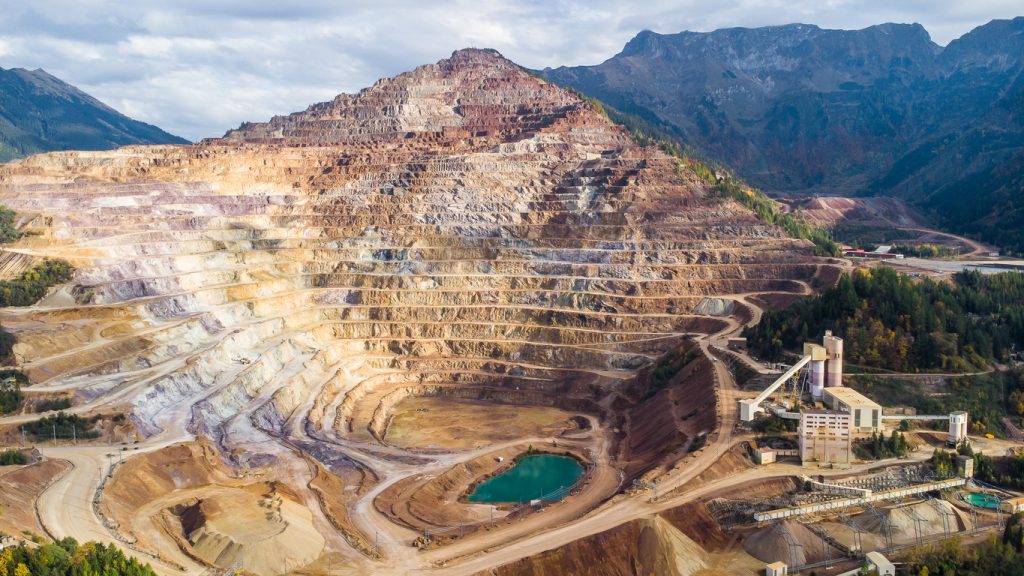Supply and Demand Basics
Supply and demand are fundamental economic principles that govern the prices of goods and services in a market. In the mining industry, the supply of minerals and metals is determined by the quantity of these resources that can be extracted from the earth at a particular cost. The demand for minerals and metals, on the other hand, is driven by the needs of industries and consumers who use these resources to manufacture goods and services. The prices of minerals and metals are influenced by the balance between supply and demand, with prices rising when demand exceeds supply and falling when supply exceeds demand.
Mining Supply and Demand Dynamics
The supply of minerals and metals from the mining industry is affected by several factors:
- The geology and mineralogy of the earth’s crust determine the location and quantity of mineral deposits that can be extracted.
- Technological advancements and innovations have enabled mining companies to extract minerals and metals from previously inaccessible or uneconomical deposits, increasing the overall supply of these resources.
- Government regulations and policies, environmental concerns, and social factors such as labor disputes and community protests can also affect the supply of minerals and metals from the mining industry.
The demand for minerals and metals is driven by several factors as well. Economic growth, industrial development, and infrastructure projects increase the demand for minerals and metals, as these resources are used to build and maintain buildings, transportation systems, and other infrastructure. Additionally, the demand for minerals and metals is influenced by their use in consumer goods such as electronics, jewelry, and appliances.
Bullion Prices and Mining Supply and Demand
Bullion prices, especially for precious metals like gold and silver, are influenced by mining supply and demand dynamics. In the case of gold, mining supply is relatively fixed, with the annual production of gold being around 3,000 tons per year. However, the demand for gold is driven by several factors such as central bank reserves, jewelry demand, and investment demand. Central banks hold gold as a reserve asset to back their currencies and provide financial stability. Jewelry demand is driven by cultural and aesthetic factors, with gold being a popular material for jewelry in many cultures. Finally, investment demand for gold is driven by its use as a store of value and economic instability.
The supply of silver, on the other hand, is more elastic, with the annual production of silver being around 27,000 tons per year. The demand for silver is driven by its use in industrial applications such as electronics, solar panels, and medical equipment, as well as its use in jewelry and investment. The demand for silver in industrial applications is particularly significant, with around half of all silver demand being for industrial use.
The supply and demand dynamics of mining can have significant effects on bullion prices. When the supply of a mineral or metal exceeds demand, prices can fall as mining companies are forced to reduce production and lower prices to sell their excess supply. Similarly, when demand exceeds supply, prices can rise as mining companies struggle to meet demand and investors bid up prices to acquire scarce resources.
For example, in the case of gold, prices can be influenced by the supply of gold from mining companies, as well as the demand for gold from central banks and investors. In 2020, the COVID-19 pandemic caused global economic uncertainty and instability, leading to an increase in demand.




